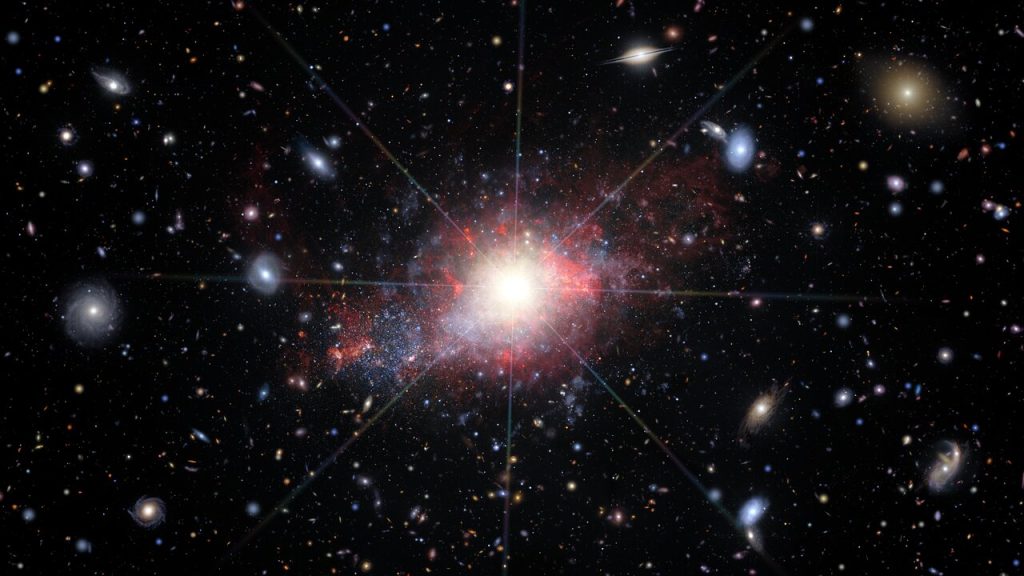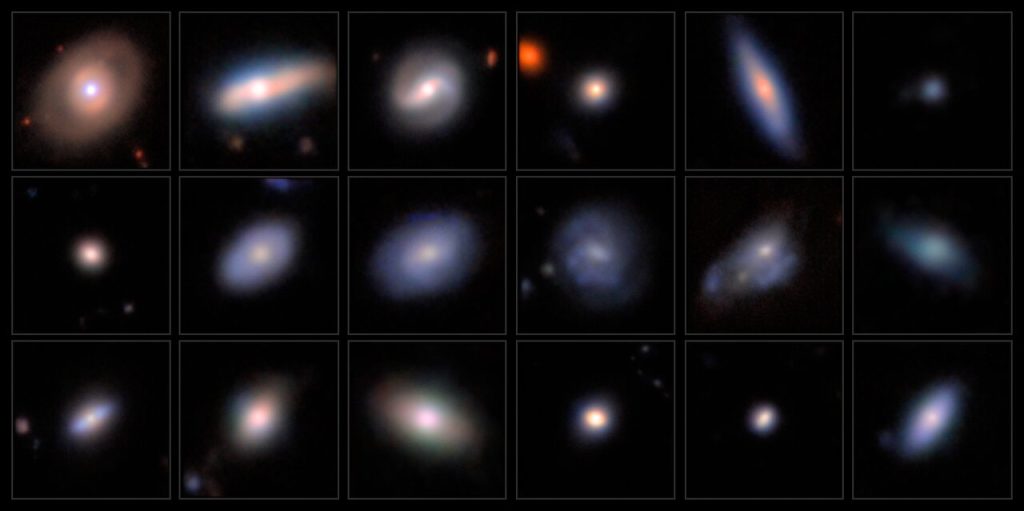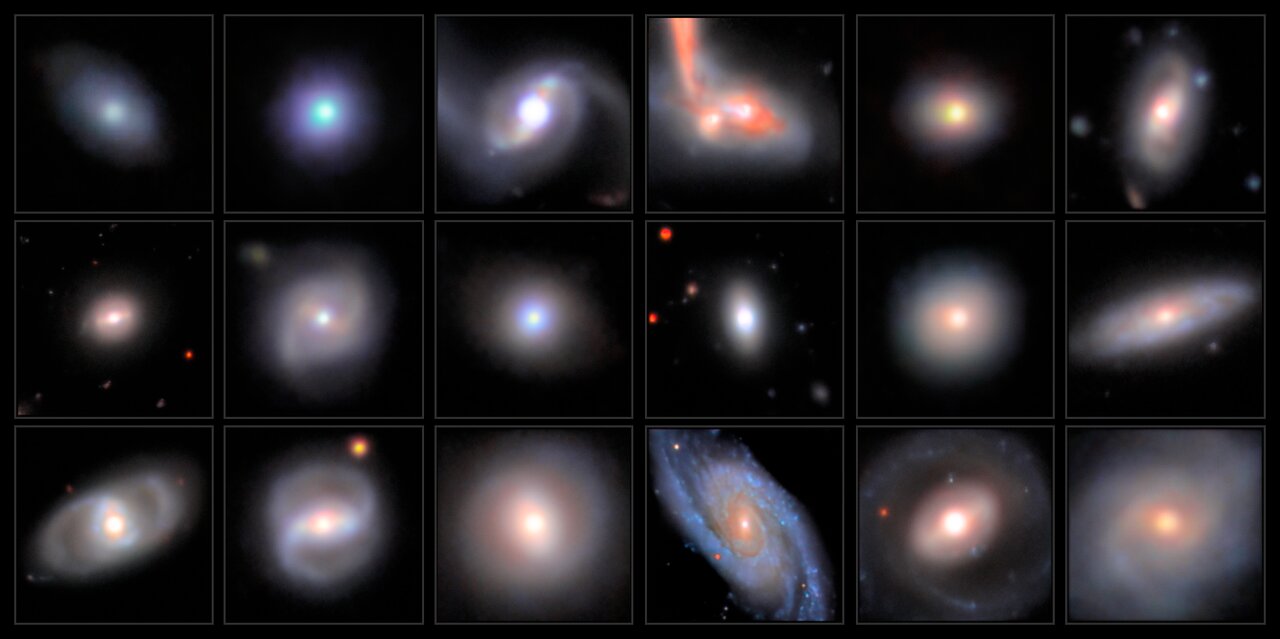Astronomers used the DESI instrument to search for black holes in dwarf galaxies. In general, they were able to detect 2,500 such objects. 300 of them may be very rare medium-mass black holes.

Searching for space beacons
While astrophysicists are confident that all massive galaxies like our Milky Way contain black holes at their centers, the picture becomes less clear when it comes to smaller galaxies. Finding black holes is a challenge on its own, but detecting them in dwarf galaxies is even more difficult due to their small size and the limited capabilities of current instruments.
However, a black hole that feeds is easier to detect. In the process of eating, it ejects a huge amount of energy into the surrounding space. This activity serves as a kind of beacon, allowing us to identify black holes. To find such cosmic beacons, astronomers used the DESI instrument. It is capable of picking up light from 5,000 galaxies simultaneously.

In total, the researchers analyzed the spectra of 115,000 dwarf galaxies. The nuclei of 2,500 of them (about 2% of the sample studied) show activity indicating the presence of black holes. This figure is noticeably higher than previous studies and suggests that scientists missed a significant number of low-mass black holes.
The largest collection of intermediate-mass black holes
In a separate search of DESI data, the team also found 300 intermediate-mass black hole candidates. This represents the largest sampling of such facilities to date.

Most black holes in the Universe are either light (less than 100 times the mass of our Sun) or supermassive (more than a million times the mass of our Sun). Black holes in between these both extremes are poorly understood. It is believed that they are relics of the very first black holes that formed in the early Universe, and seeds of supermassive black holes that are now at the center of large galaxies. Nevertheless, they remain elusive: only about 100-150 candidates have been known to date. Thanks to DESI, scientists now have a new dataset that can be used to study these cosmic mysteries.
Earlier we reported on how the James Webb Telescope captured a light show created by a black hole at the center of the Milky Way.
According to NOIRLab


